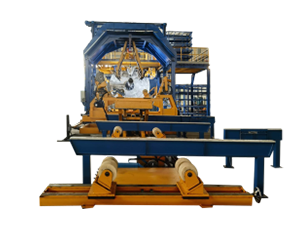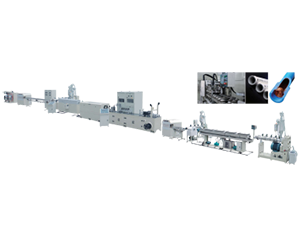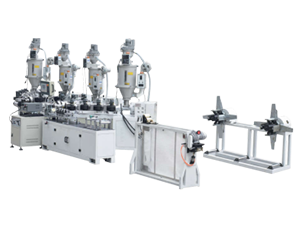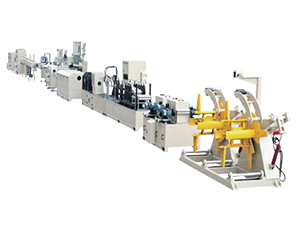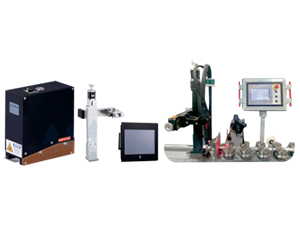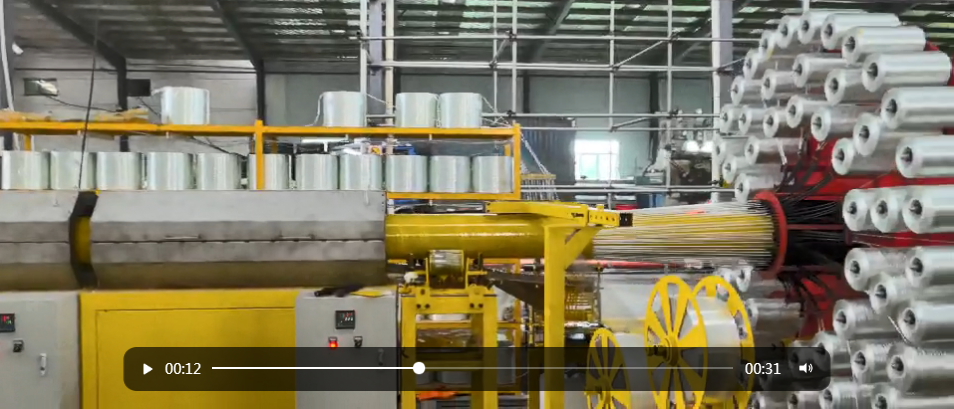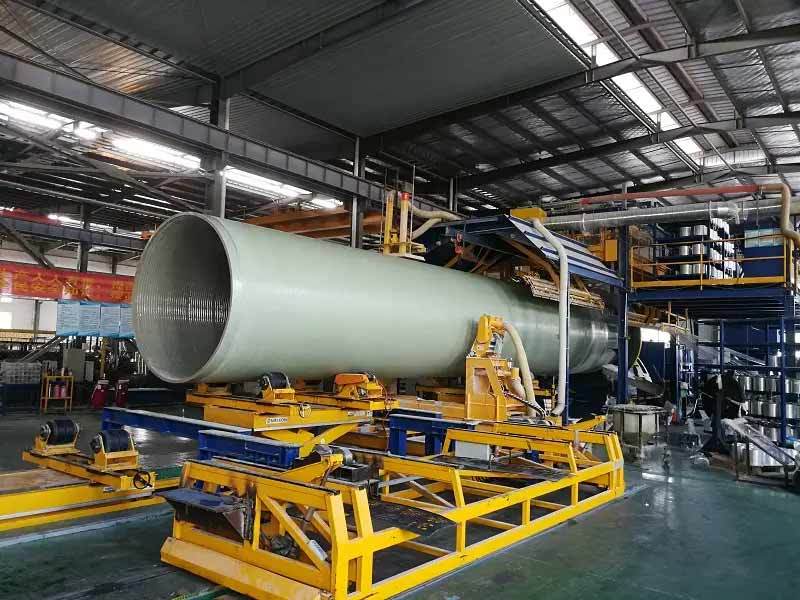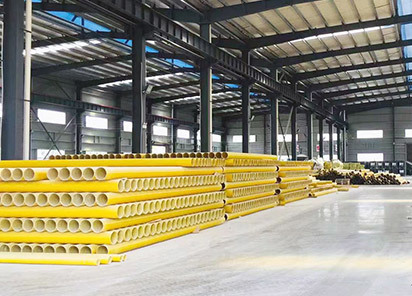The Future of Manufacturing: Innovations in FRP Pipe Machinery
Aug 12,2025

The Future of Manufacturing: Innovations in FRP Pipe Machinery
Table of Contents
- 1. Introduction to FRP Pipe Machinery
- 2. What is Fiber Reinforced Plastic (FRP)?
- 3. Advantages of FRP in Manufacturing
- 4. Technological Advancements in FRP Pipe Machinery
- 5. Current Industry Trends in FRP Manufacturing
- 6. Sustainability and Environmental Impact
- 7. The Future Outlook for FRP Pipe Machinery
- 8. Frequently Asked Questions
- 9. Conclusion
1. Introduction to FRP Pipe Machinery
The manufacturing landscape is undergoing a seismic shift propelled by innovations in **Fiber Reinforced Plastic (FRP)** pipe machinery. This niche sector is increasingly integral to various industries, including construction, oil and gas, and water management. As we step into the future, understanding these innovations becomes essential for manufacturers aiming to remain competitive. This article delves into the essence of FRP, its advantages, technological advancements, prevailing industry trends, sustainability, and the future outlook for FRP pipe machinery.
2. What is Fiber Reinforced Plastic (FRP)?
**Fiber Reinforced Plastic (FRP)** is a composite material made from a polymer matrix reinforced with fibers. The fibers, usually glass, carbon, or aramid, provide strength and rigidity, while the polymer offers flexibility and resistance to environmental factors. FRP’s unique properties make it an ideal choice for various applications, particularly where corrosion resistance, lightweight, and mechanical strength are critical.
Understanding the Composition of FRP
The composition of FRP involves two main components:
- **Matrix**: The polymer material, typically epoxy, vinyl ester, or polyester, binds the fibers, providing shape and support.
- **Reinforcement**: The fiber component imparts strength and rigidity. It can be tailored based on specific requirements, such as tensile strength, weight, and cost-effectiveness.
3. Advantages of FRP in Manufacturing
The adoption of FRP in manufacturing offers numerous benefits that enhance efficiency and performance:
Corrosion Resistance
FRP is inherently resistant to corrosion, making it suitable for environments exposed to chemicals, moisture, and extreme weather conditions.
Lightweight Properties
The lightweight nature of FRP reduces transportation and installation costs, allowing for easier handling and assembly.
High Strength-to-Weight Ratio
FRP materials provide excellent strength without adding excessive weight, making them ideal for structural applications.
Thermal and Electrical Insulation
FRP possesses excellent thermal and electrical insulating properties, further broadening its application scope in manufacturing.
Cost-Effectiveness
While the initial investment in FRP machinery may be higher, the long-term savings in maintenance and durability make it a cost-effective option for manufacturers.
4. Technological Advancements in FRP Pipe Machinery
Technological innovations have significantly impacted the efficiency and capabilities of FRP pipe machinery. Here are some key advancements:
4.1 Automation in Manufacturing
Automation is revolutionizing traditional manufacturing processes. Advanced robotics and automation systems enhance precision, reduce labor costs, and minimize human error.
4.2 3D Printing and FRP
3D printing technology is changing how manufacturers design and produce FRP components. This technology enables the creation of complex geometries and custom designs quickly and efficiently.
4.3 Smart Manufacturing Techniques
The integration of IoT (Internet of Things) and AI (Artificial Intelligence) in manufacturing processes allows for real-time monitoring and data analysis, optimizing production workflows and improving decision-making.
5. Current Industry Trends in FRP Manufacturing
Several trends are shaping the future of FRP manufacturing. Understanding these trends can help manufacturers align their strategies with market demands.
Increased Demand for Lightweight Materials
As industries strive for improved fuel efficiency and reduced emissions, the demand for lightweight materials like FRP is on the rise.
Focus on Customization
The ability to create customized solutions for specific applications drives the need for advanced FRP manufacturing techniques, including 3D printing.
Adoption of Sustainable Practices
Environmental concerns are prompting manufacturers to adopt sustainable practices, including the use of eco-friendly materials and energy-efficient production methods.
6. Sustainability and Environmental Impact
Sustainability is a pressing concern in the manufacturing industry. FRP offers several environmentally friendly benefits:
Recyclability of FRP
Recent advancements have made it possible to recycle FRP materials, reducing waste and promoting a circular economy.
Energy Efficiency in Production
Innovations in machinery and production processes are leading to lower energy consumption, supporting sustainability goals.
Long-Lasting Products
The durability and longevity of FRP products inherently reduce the need for frequent replacements, contributing to a more sustainable manufacturing cycle.
7. The Future Outlook for FRP Pipe Machinery
The future of FRP pipe machinery is bright, with continued advancements expected in technology and manufacturing processes. As industries evolve, FRP will play a crucial role in meeting the growing demand for lightweight, durable, and sustainable materials.
Manufacturers who invest in these innovations will likely lead the market, leveraging the advantages of FRP while addressing environmental challenges. Furthermore, the growth of smart manufacturing and automation will enhance the efficiency and reliability of FRP production.
8. Frequently Asked Questions
What are the main applications of FRP pipe machinery?
FRP pipe machinery is primarily used in industries such as oil and gas, water treatment, construction, and chemical processing, where corrosion resistance and lightweight materials are critical.
How does FRP compare to traditional materials like steel?
FRP offers superior corrosion resistance, a higher strength-to-weight ratio, and lower maintenance costs compared to traditional materials like steel.
What is the lifespan of FRP products?
The lifespan of FRP products can vary based on application and environmental conditions but is generally longer than that of traditional materials, often exceeding 30 years.
Are there any limitations to using FRP?
While FRP has numerous advantages, it can be more expensive to produce initially and may have limitations in terms of high-temperature applications compared to metals.
How is FRP recyclable?
Recent developments in recycling technologies allow for the reclamation of FRP materials, reducing waste and enabling their reuse in new applications.
9. Conclusion
The innovations in **FRP pipe machinery** present a transformative opportunity for the manufacturing sector. As industries evolve and demand for sustainable solutions rises, FRP stands out as a material that meets these challenges effectively. By embracing technological advancements and understanding market trends, manufacturers can harness the full potential of FRP, ensuring long-term success in a competitive landscape. As we look to the future, the focus on sustainability, customization, and smart manufacturing will undoubtedly shape the trajectory of this vital industry.
PREVIOUS:
Contact Us
E-mail:
Phone/Wechat/WhatsApp
Address:
A2-1408, Kaichuang Avenue to Tai Plaza, Huangpu District, Guangzhou City, Guangdong Province


